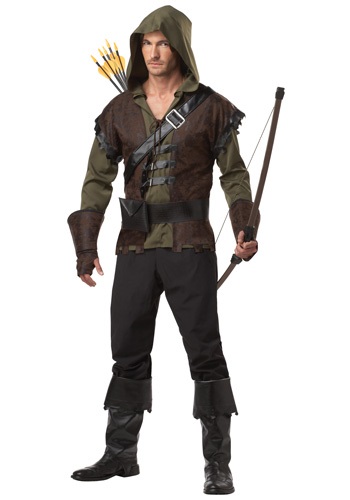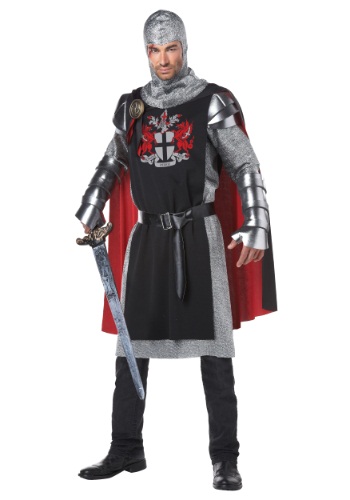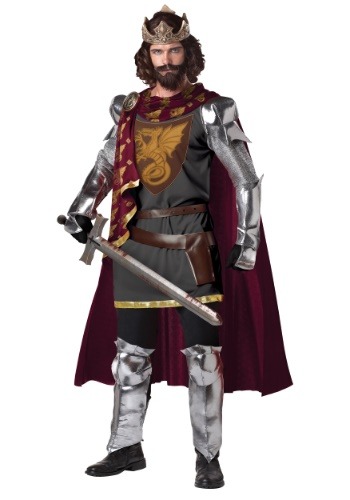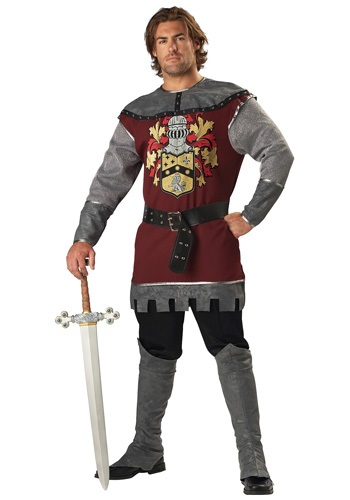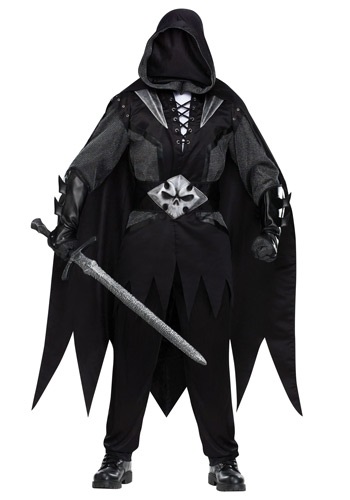Men's Renaissance Costumes
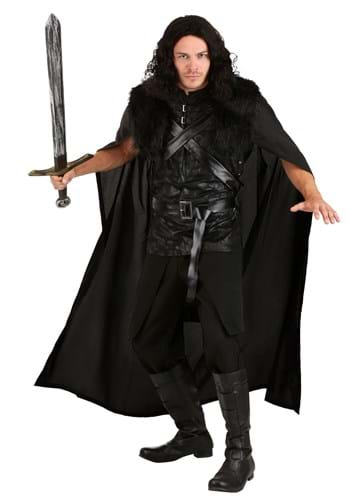
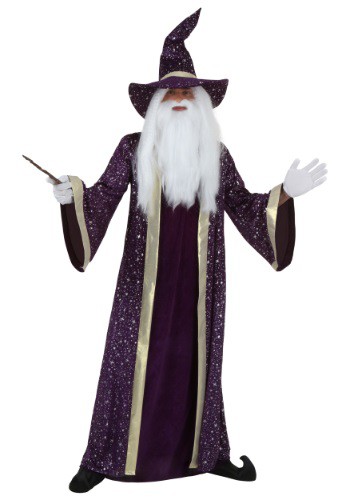
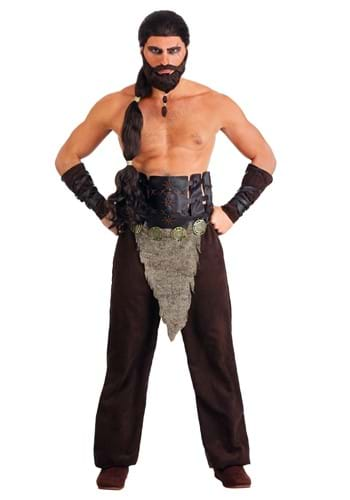

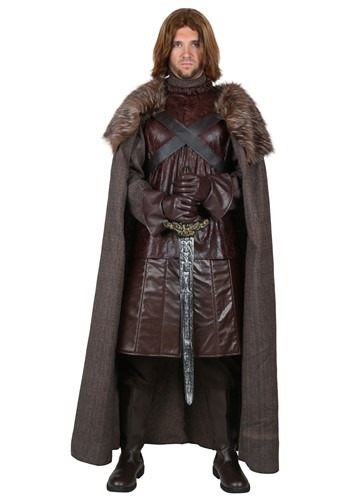
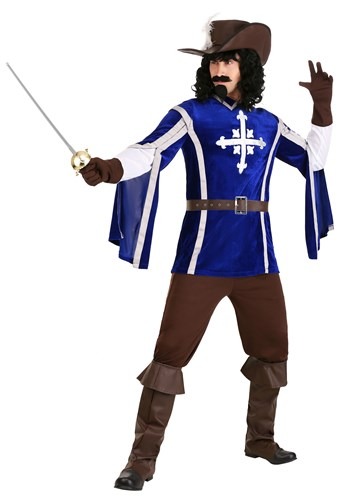

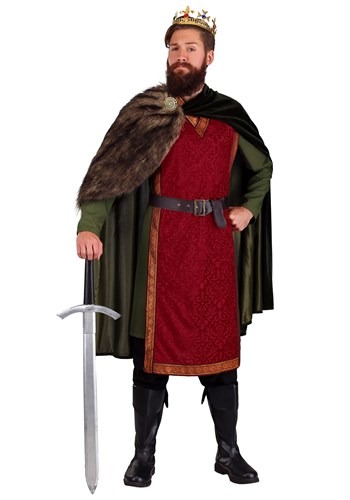
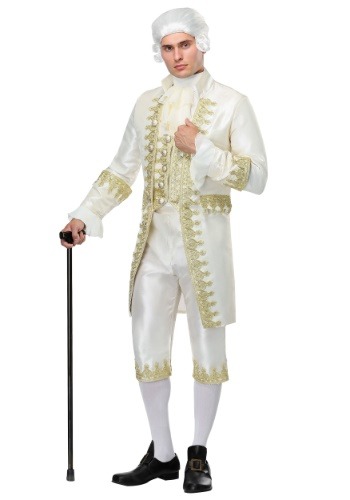
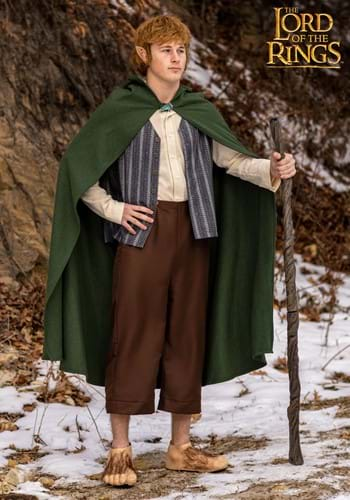
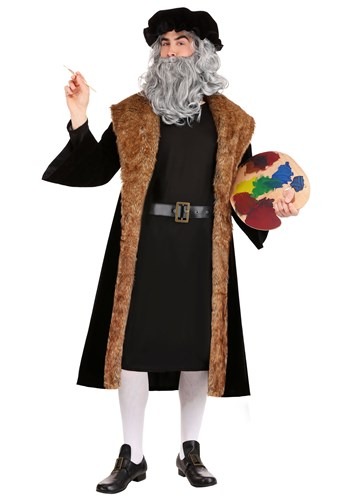
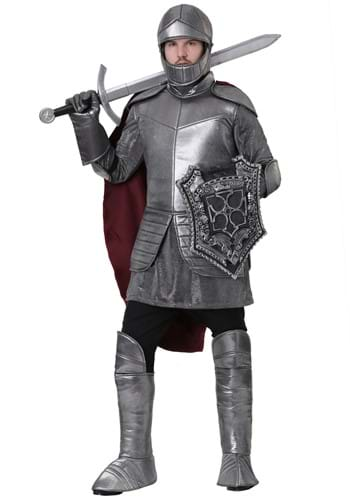

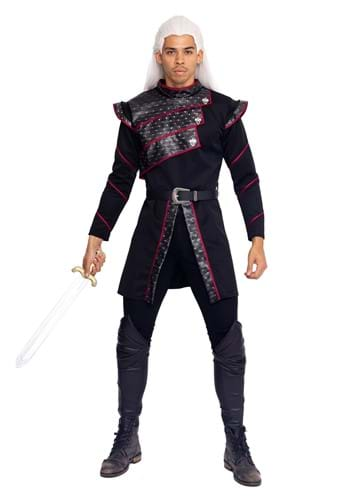
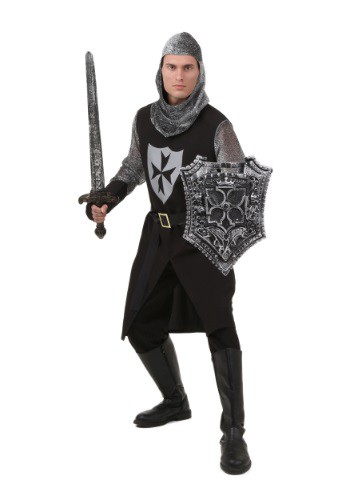
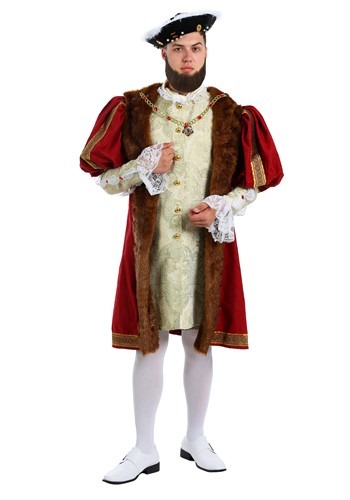
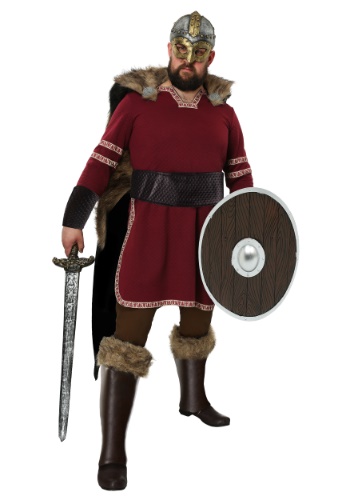
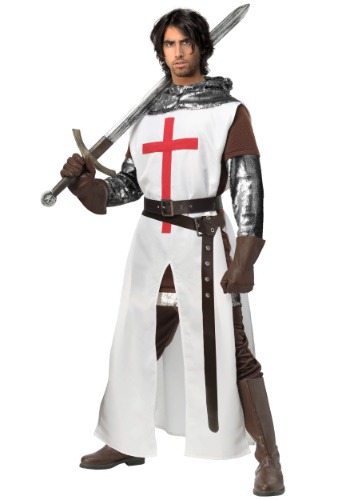
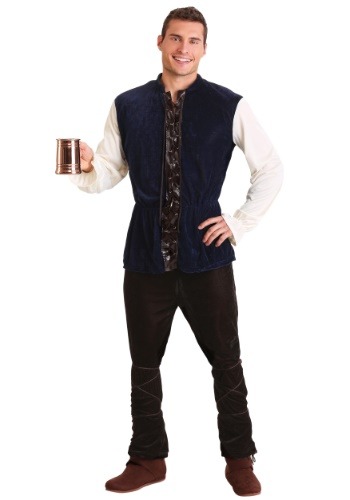

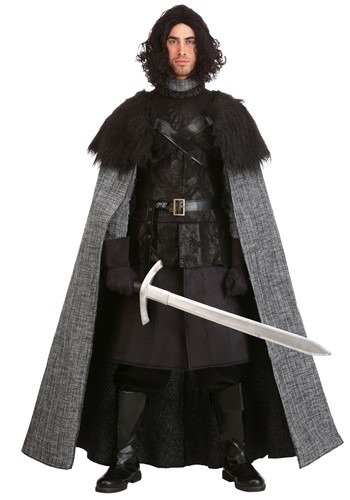
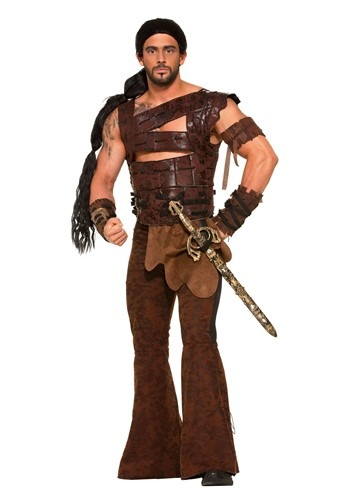
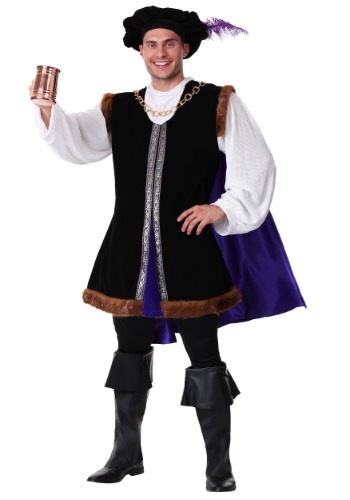
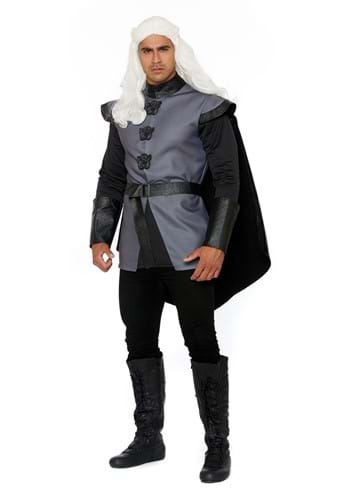


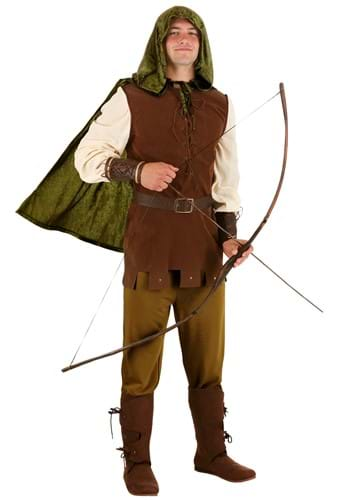
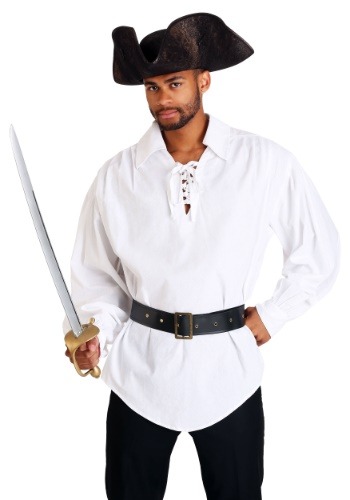
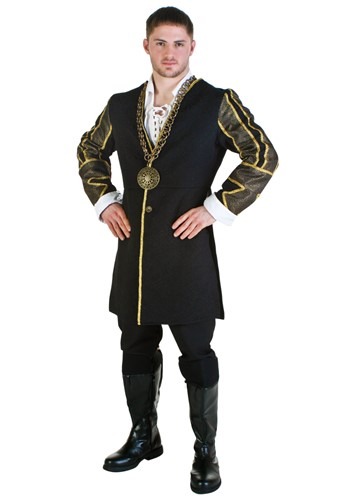
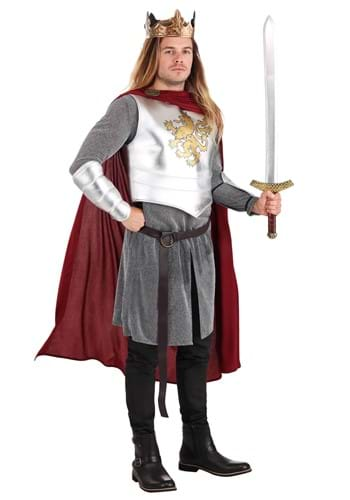
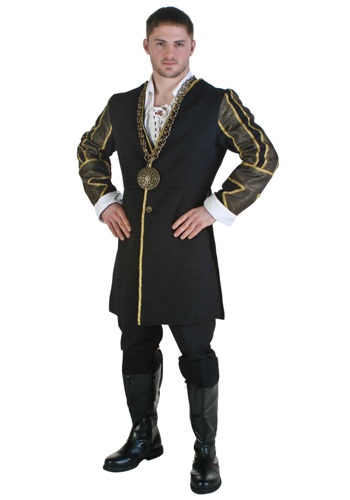
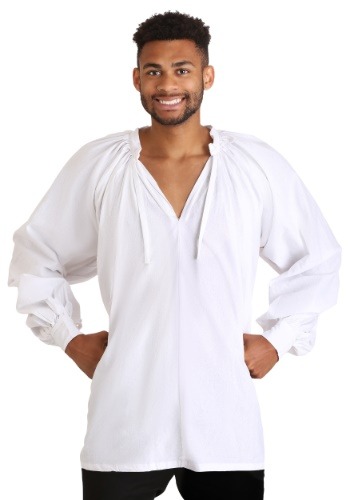
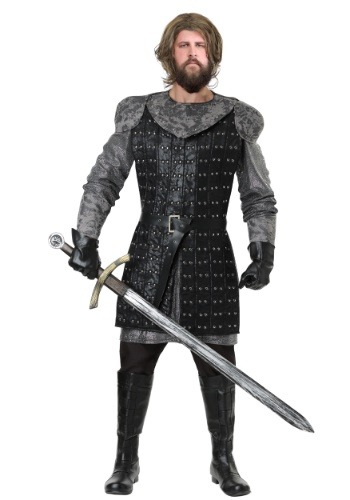
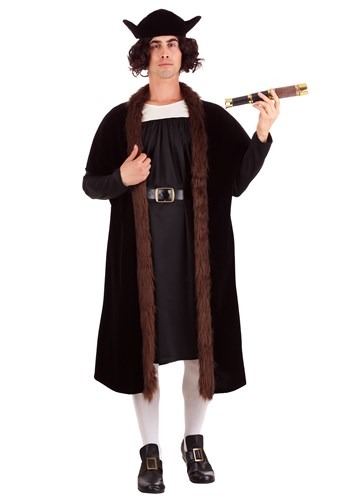
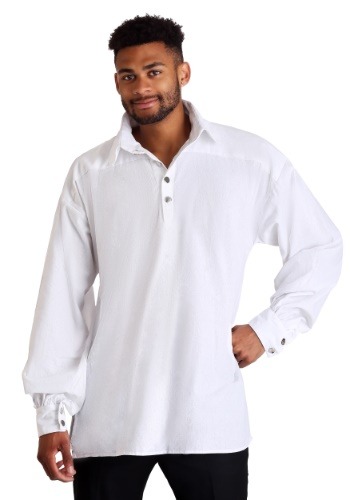
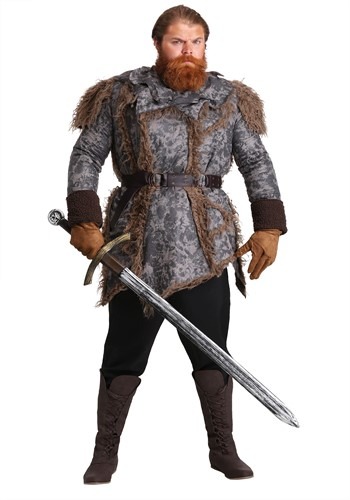
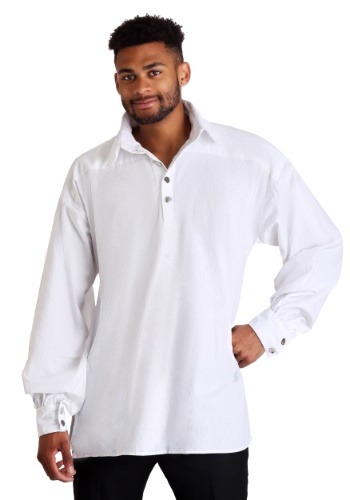
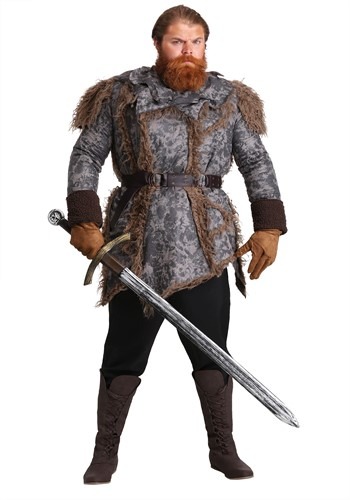

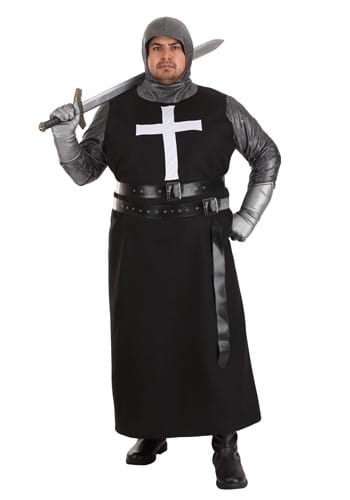
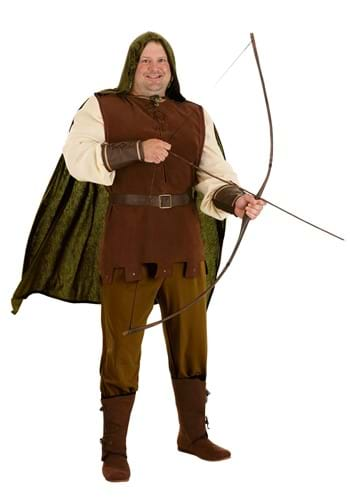
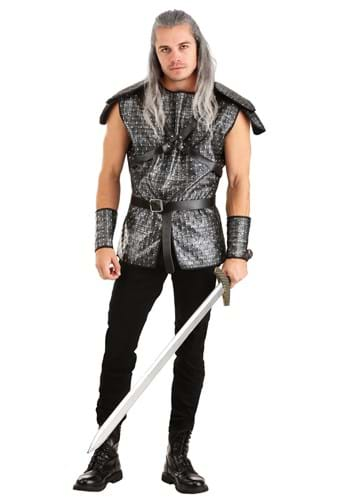


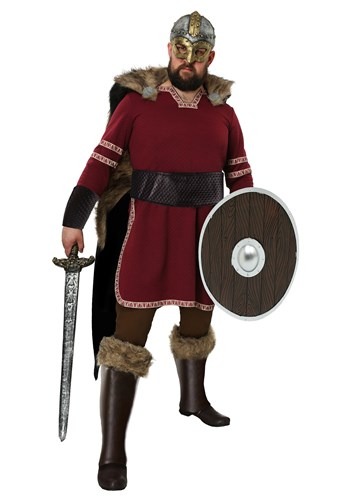

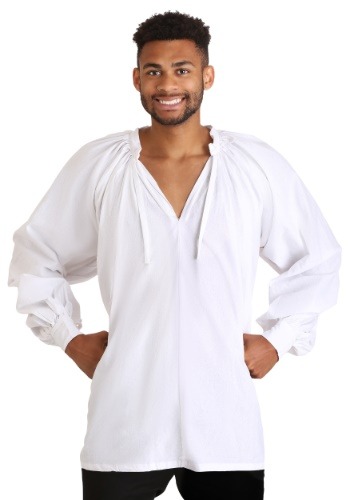
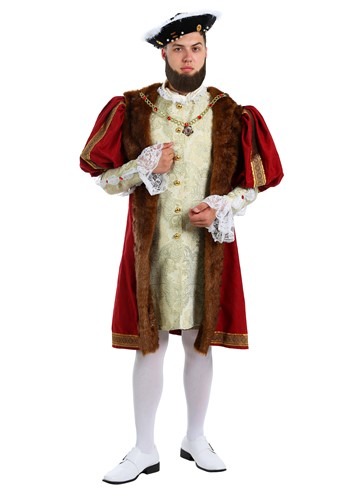
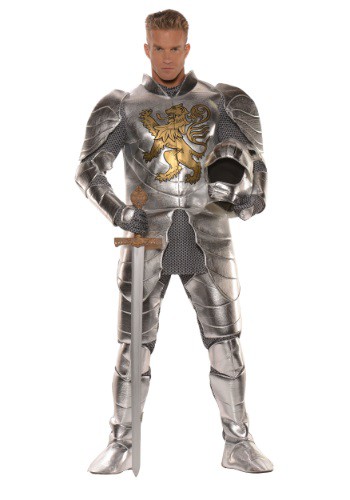
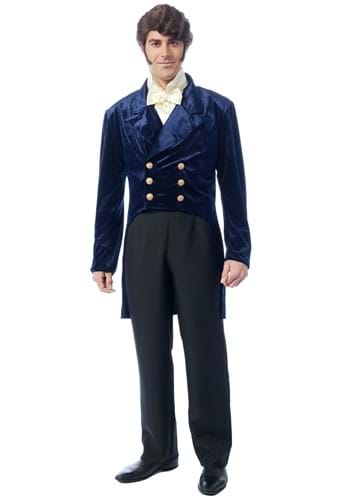
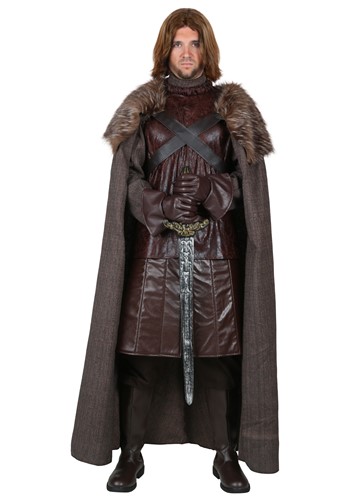
Yes, men really wore tights in the Middle Ages and the Renaissance. Sort of. At least, tights are the nearest modern equivalent to what they did wear.
Medieval men started with a loincloth-type garment called "braies." To cover their legs they wore long tube hose, fastened to the braies with ties. Over that, they wore a tunic or shirt that might be thigh-length or knee-length. Those who could afford it might wear a doublet or surcoat over their tunic.
Clothing shapes were basic rectangles or circles. Tailors hadn't yet figured out how to cut and shape garments to fit the body snugly, so waists were cinched with belts. Buttons weren't invented until the 1200s and didn't become common for another 200 years after that. Clothing was fastened with laced ties or with metal pins or hooks-and-eyes.
Just like now, a Renaissance man's occupation and wealth or lack of it determined what he wore. A peasant laborer's braies, hose and tunic might have the same shape and construction as the king's, but they would be made of cheaper, rougher, coarser fabrics. A king's surcoat might have elaborate embroidery and fur trim. A peasant's surcoat, if he even had one, would be plain. A wealthy man might wear wide sleeves that a peasant couldn't afford (and that would impede his work if he could).
So if you're planning a time-travel trip to the Renaissance, decide what character you want to portray. Do you want to be a specific historical figure, such as Henry VIII or Leonardo da Vinci? Or would you rather invent your own anonymous nobleman, merchant or peasant? Or perhaps prepare to follow your king on a crusade? You have lots of options.
If you're going to be a knight, you'll want to bone up on the code of chivalry. Its basic tenets were to be honorable, brave, loyal, and to protect the weak. Chivalry is the stuff of which romance novels and Arthurian legends are made.
So, polish your armor and sharpen your sword. There are damsels who need to be rescued from dragons!

